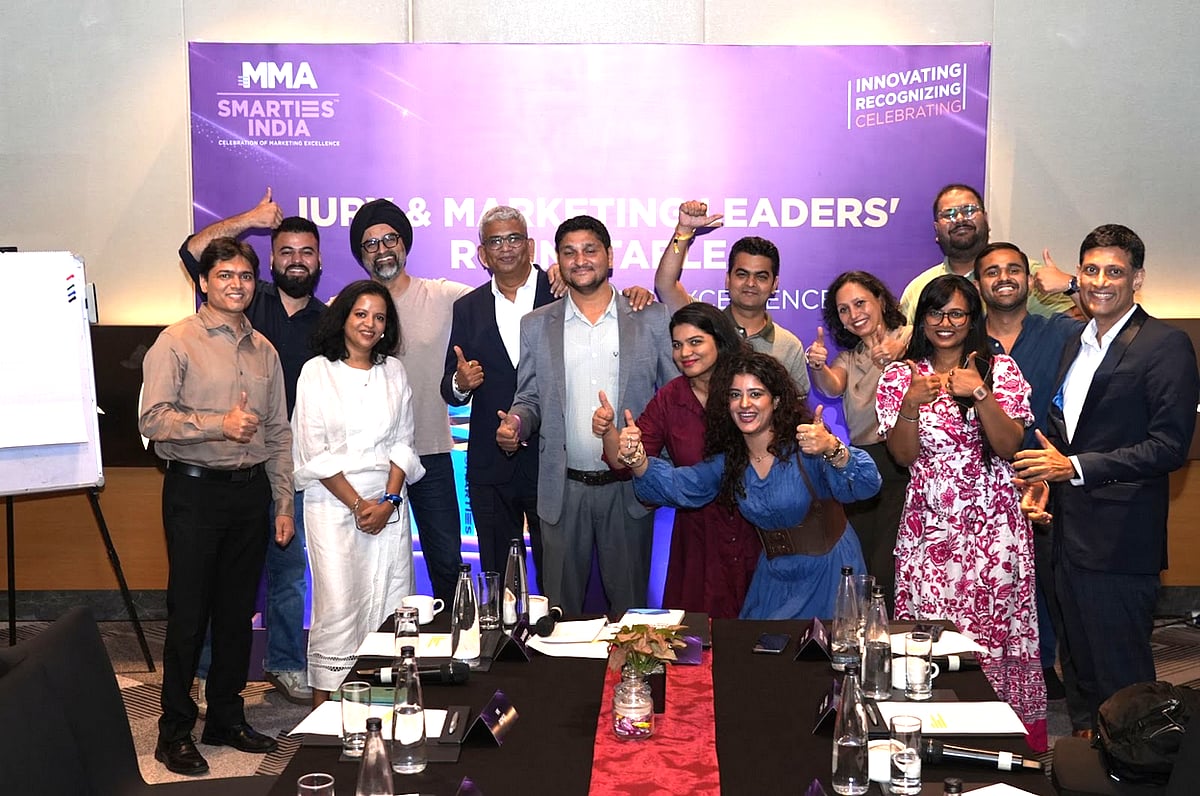Sports fans will pull all-nighters on game night and turn best friends with strangers just because they support their favourite team. They are a breed in themselves. Fans aren’t mere spectators. They're a passionate force at the heart of every sporting experience. And leagues, teams and broadcasters have come to realise their value. Excerpts from the interview…
Tell us about sports viewership and how it has evolved over the years.
The '70s and '80s were all about the passive consumption of sports over radio or television. In the ‘90s, broadcast quality started to improve, and the commentary and storytelling got better. But a big change came in the early 2000s when passive consumption started to turn into active interaction.
As internet penetration grew and we had the ability to consume content on a second screen, active participation got a lot more intense. Through polls that let you select ‘who you think the next bowler should be’, fans were given the ability to influence live matches.
Today, with Dream11 and My11Circle, we’re talking fantasy. But the 2000s was when ESPN Super Selector came up for the first time, and people started to understand what fantasy was - where they could create their own teams and compete with experts. Formula E even had something called the ‘FanBoost’, where drivers could get a nitro boost through votes from their fan base.
In Europe, fans are also consulted on certain big decisions, giving them an implicit sense of ownership. Often, fans are also actual stakeholders. While India is still in a relatively early stage, leagues want to see that high level of fan involvement.
What are some interesting trends in sports viewership in India?
In terms of both TV and digital, cricket is the largest driver of consumption in India. The numbers that turned up on JioCinema for MI vs CSK peaked at 71.5 crore views. And viewer concurrency, which is the number of people watching at the same time, has peaked at 2.2 crore views, which happened last year when Dhoni came out to bat the final over. There is also TV viewership data for the IPL, which is anywhere from 400 to 600 million viewers.
Sport, unlike any other entertainment, has a certain level of unpredictability - especially when you’re watching it live. There is also a community element which makes it very engaging.
When did the sports industry begin to realise the importance of fan engagement and interaction?
The nature of how technology has evolved is what caused the change. It answered the question: ‘How do we enable great fan experiences for viewers who have an internet connection?’. There are also certain phases when viewership goes into a trough. That’s when creating good viewer experiences and interaction can help make the sport more enjoyable.
Today, you can choose on your OTT platform which camera angle you want to view your match from. You can select to see various charts and graphics whenever you want – and not based on when the producer chooses to air it. And the numbers it brings in is why platforms like Netflix, Apple TV, YouTube and Prime Video are investing in sports broadcasting.
It is said that sports broadcasting is moving from B2B to D2C. What are its pros and cons?
From an India perspective, it is going to be B2B for a long time. So an organisation like the BCCI will end up selling their media rights to Disney, Star, Jio Cinema etc because India is an ad-supported market.
Subscription is still a very Western concept and as Indians, we are used to getting content for free. D2C is where a lot of Western markets are right now because over there, people are used to paying subscription fees for multiple services.
Are there other key differences between the Indian and international markets?
The sheer volumes you can get in India make it an area of focus for sports organisations. A lot of international federations and teams are looking to build fanbases in India. The logic for that is you can show a larger fanbase to potential sponsors and give international brands a chance to connect with the Indian audience. As for broadcasters, your numbers for daily and monthly active users can essentially double or quadruple.
What are some engagement solutions your company has implemented this IPL season?
We work on multiple levels - from teams to broadcasters. Our goal is to help them develop a better understanding of their audience and fan behaviours. Through detailed ‘fanalytics’, loyalty programs and content can be curated. Teams and brands can also make smarter marketing and business decisions. Today, sponsors want to know exactly whom they will get access to.
As for solutions, we provide analytics on games, automate the generation of highlights and short clips using AI/ML, and curate websites and apps to provide a high level of customisation. We create quizzes and predictors and modify games like housie, bingo, snakes and ladders, and Wordle with sporting content.
We also curate digital marketing solutions by having people travel with the team throughout the IPL, meet their favourite players, showcase BTS content, and satiate fans’ appetite for content through that.
What does the future of sports viewing look like?
Going forward, I think the importance of the fan in the ecosystem is only getting more critical. Leagues and brands are realising that fans are important stakeholders and should be involved in the governance and running of the organisation.










